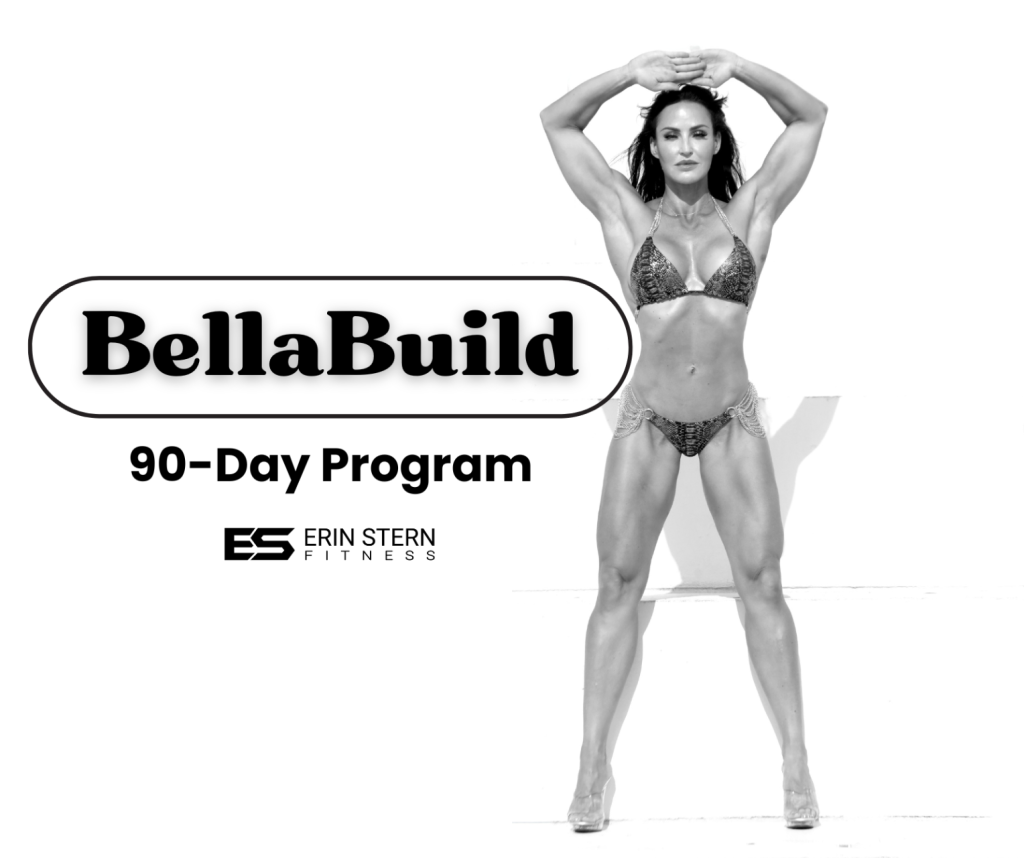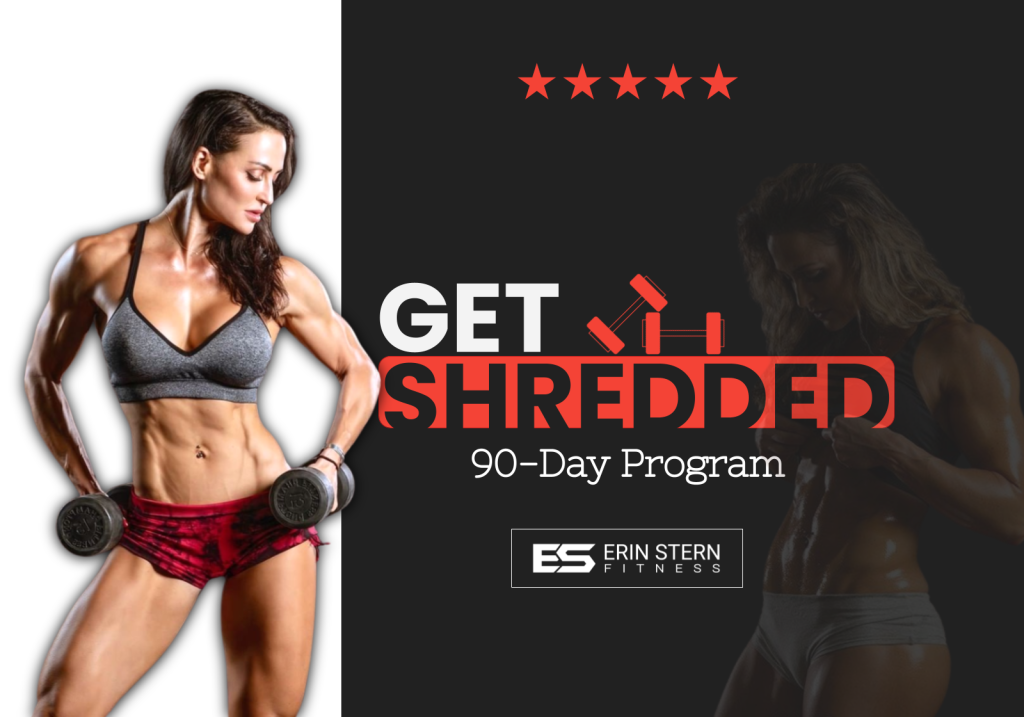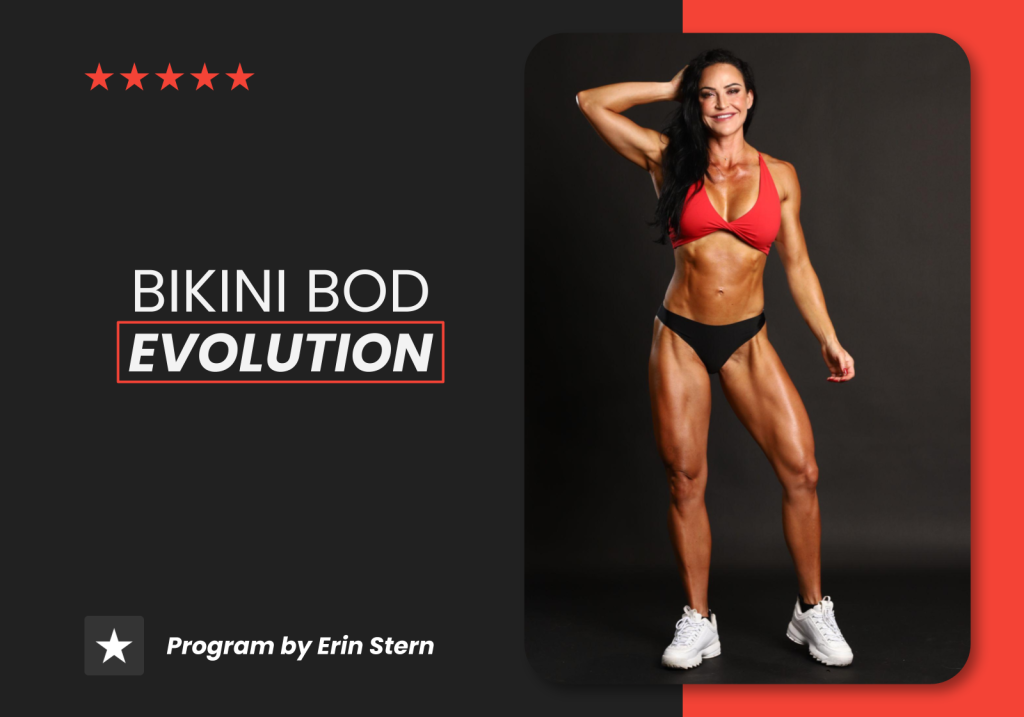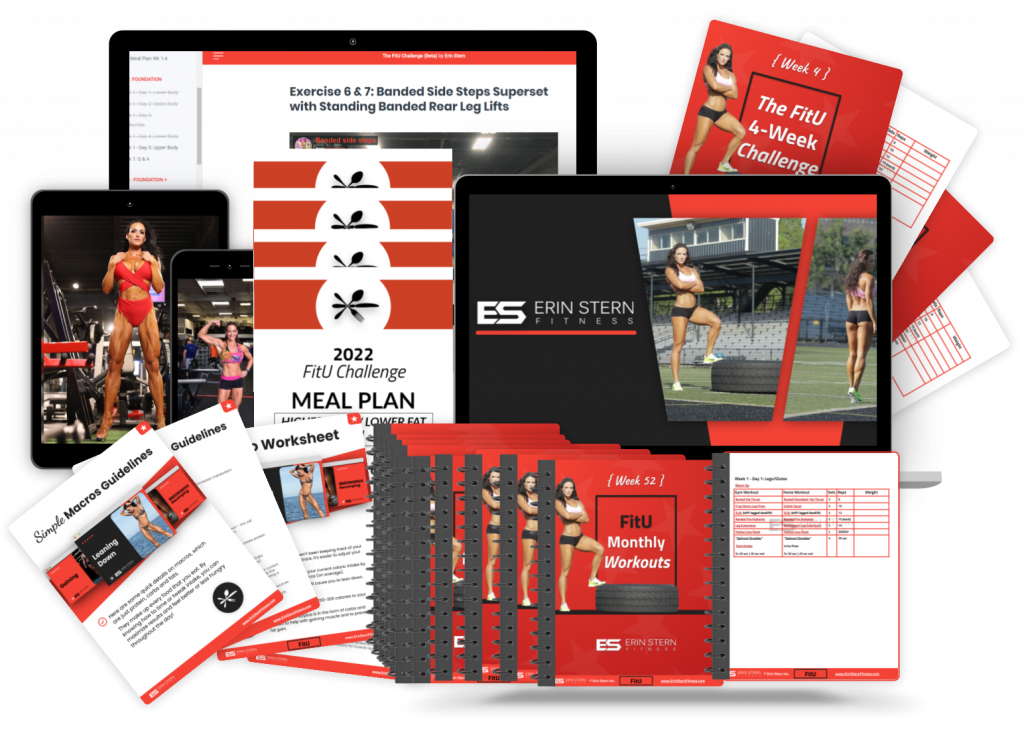Understanding HIIT vs. High-Intensity Low Impact Training
By now, you’re probably very familiar with HIIT, or High Intensity Interval Training. It is one of my favorite forms of cardio. It takes an eighth to a tenth of the amount of time that traditional cardio takes.
Of course, it’s super intense and it’s anabolic. It can help you build muscle and is going to boost your metabolism for 24 to 48 hours after training, also known as the afterburn effect.
However, there are quite a few drawbacks to HIIT, especially if you’re weight training. If you’re looking to really gain muscle and you are on a structured lifting program, HIIT, especially things like sprinting, can be problematic.
There’s a lot of eccentric force, which means a lot of wear and tear on the joints and muscles. This can affect your recoverability, meaning the next time you’re looking to weight train, you might be sore from HIIT.
Training with both HIIT and weights can be really tough. And that’s not even addressing issues related to injuries or aging. We tend to recover more slowly as we age.
You might be asking, so what’s the solution, Erin? Well, I have it: High-Intensity Low Impact Training.
The Mechanics of High-Intensity Low Impact Training
Now, when it comes to high-intensity low-impact training, you’re looking for exercises that are concentric or push-based. Let me explain…
With HIIT, you’re typically dealing with exercises like sprints. For each step you take at full speed, you might exert 500 to 600 pounds of pressure on your foot as you land, and you’re experiencing a tremendous amount of eccentric force.
Now, take this exercise, a sprint for example, and use an assault bike or stairs, push a sled, or any exercise where you’re limiting the eccentric force on your joints. These exercises qualify as High Intensity Low Impact Training. Other exercises can include kettlebell swings, rowing, and swimming. Keep this in mind when structuring your high intensity training sessions.
For High-Intensity Low Impact Training, the same rules as HIIT apply. You want to get your heart rate up to 80% of your max, which is calculated as 220 minus your age. However, remember this is just a standard equation and individual heart rates can vary. As far as recovery goes, ensure you are fully recovered before your next interval. A good measure is when you’re at 60% of your max heart rate. So, you have clear guidelines on heart rate targets.
Starting Out With High-Intensity Low Impact Training & It's Benefits
I’ll take you through a High-Intensity Low Impact workout example…
We’ll start with:
3 – 4 rounds |15 – 30 seconds of all-out effort.
Remember, each interval will cumulatively affect you, making recovery times between them progressively longer.
The total workout time should be around 20 to 25 minutes. (including rest time)
If someone claims to do an hour of High-Intensity Low Impact Training without significant breaks, I’d be skeptical.
If you’re new to this form of training, start slow: perhaps once a week with two to three intervals. The idea of progression applies here, so incrementally increase your intervals.
For example, if you’re doing 3 rounds of 15 seconds on the assault bike one week, you might aim for 3 rounds of 16 seconds the next.
As you condition, adding a second day can yield better results. Aim for about 72 hours between your training sessions.
Personally, I like doing these on separate days, sometimes adding some ab exercises or a quick pump workout afterwards. Depending on available equipment, you can do this training anywhere. I, for instance, use my assault bike in my backyard, much to my neighbor’s chagrin. 😁
This method focuses on concentric or push-based exercises, limiting the wear on joints and improving recoverability. You get the benefits of HIIT without the associated wear and tear.
If you’re interested in learning more or seeing a workout program that combines High-Intensity Low Impact Training with other workouts, let me know in the comments.
The beauty of high-intensity low-impact training is its flexibility.
Whether you have access to a pool, an assault bike in your backyard, or simply using the gym facilities, there’s always a way to integrate this approach.
If you give this method a try, I’d love to hear about your experience.
Remember, the goal here is to engage in push-based exercises that limit or eliminate the negative force on muscles. This minimizes joint wear and tear, improves recoverability, and delivers all the benefits of HIIT without its associated drawbacks.
HILIT: High-Intesity Low Impact Training Recap
HIIT cardio is time-saving, can help you build muscle, and can increase metabolism for 24-48 hours after training (EPOC)…
…but HIIT can be taxing, especially when combined with resistance training. If you’re hitting the track and sprinting, you’re causing a lot of eccentric force on your muscles, which causes soreness and can hinder performance for days after, while you’re recovering.
If performed correctly, HILIIT (and HIIT) should only be done 1-2x per week.
Both HILIT and HIIT hard on the central nervous system, so your body needs time to recover.
With HILIT, the focus is on exercises that are mostly push-based or concentric-based. This will limit the amount of eccentric force placed on your body and will limit overall soreness. This includes the spin bike, assault bike, stairs, rower, elliptical, swimming, hills, sled, and jump rope.
In general, here are the guidelines for structuring a HILIT workout:
Duration of each sprint: 7-30 seconds (must be a 7-second minimum)
Number of sprints: 4-16
This depends on sprint duration, level of fitness, and goals. For shorter sprints, you’d typically do more..and you’d do fewer longer duration sprints.
Aim to get your heart rate up to 80-90% of max during each sprint. To figure out you maximum heart rate, use this equation:
(220 – age) x 0.8
This will give you a good starting point for a target heart rate to reach while performing HILIT. Use a chest heart rate monitor, like Whoop, or manually take your heart rate immediately after the “sprint”. Wrist heart rate monitors aren’t accurate or quick enough to get a good reading.
Take full recovery between sprints to allow you to go all out again. To calculate your full recovery heart rate, use this equation:
(220 – age) x 0.6
You want to get to 60% of your max before beginning again. This will allow you to go all out for your next interval.
You may rest 1 minute between sprints, or you may end up resting for 4 minutes. Sprints have a cumulative effect, so your recovery time between sprints will increase the further you get into the workout.
To start performing HILIT workouts like the one mentioned above:
3-4 rounds of between 15-30 seconds of all out effort.
Each week, increase volume by around 10% to ensure progression.
Start low and build up!
Workouts should last between 10-25 minutes, recovery time included!
Want more HILIT training tips? Comment and let me know 🙂
Thanks for reading and for watching!
Until next time, train smart and train hard!
*If you’re looking for more structured 90-day programs that combine high and low-impact training, click here to check out my training programs that include HILIT.
➡️Share this post with a friend so they can give high-intensity low impact training a try too!


























